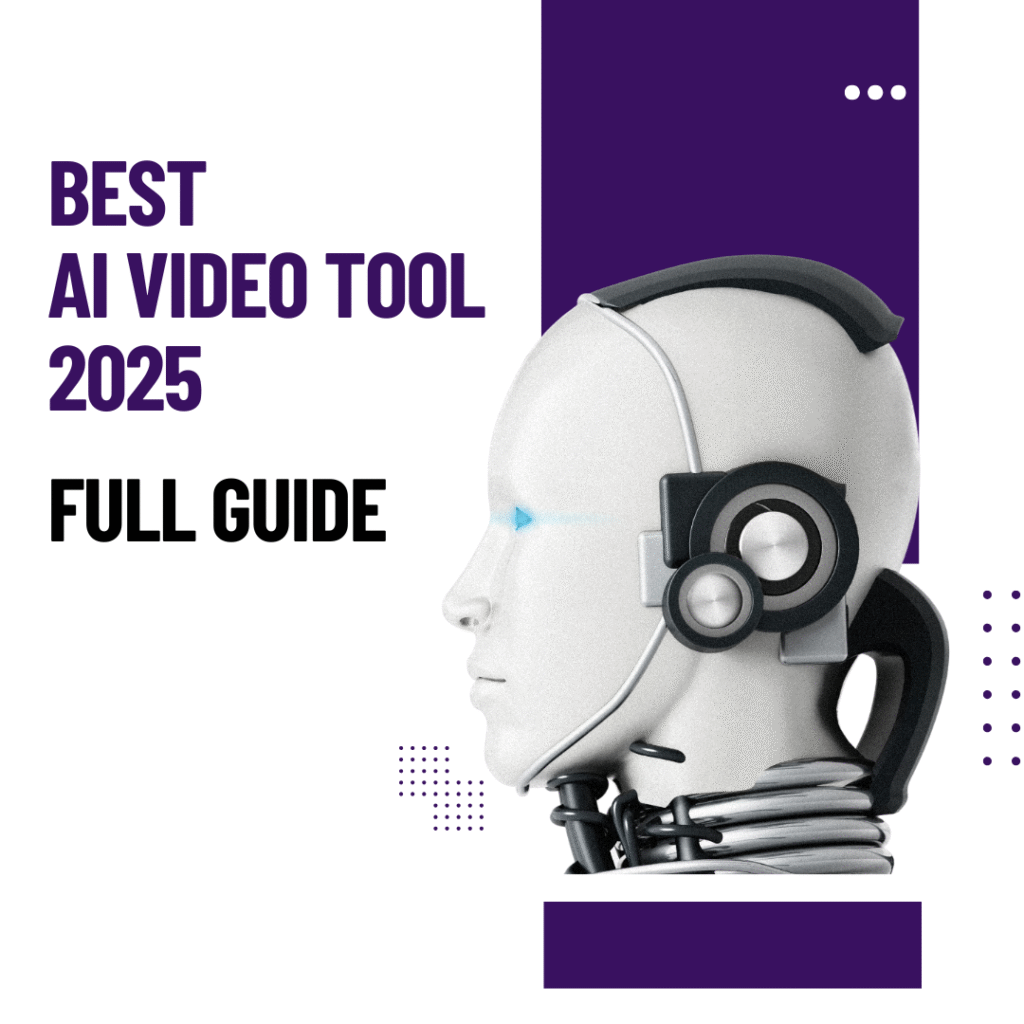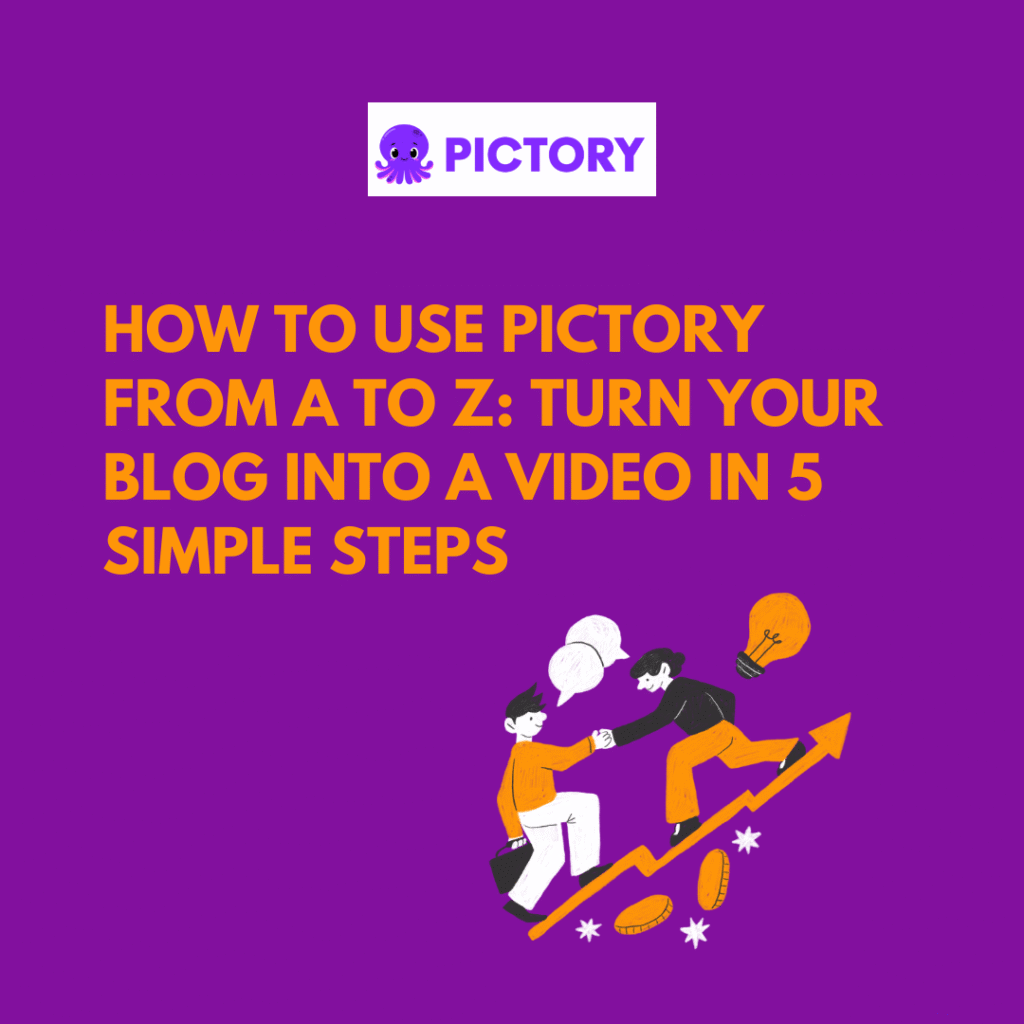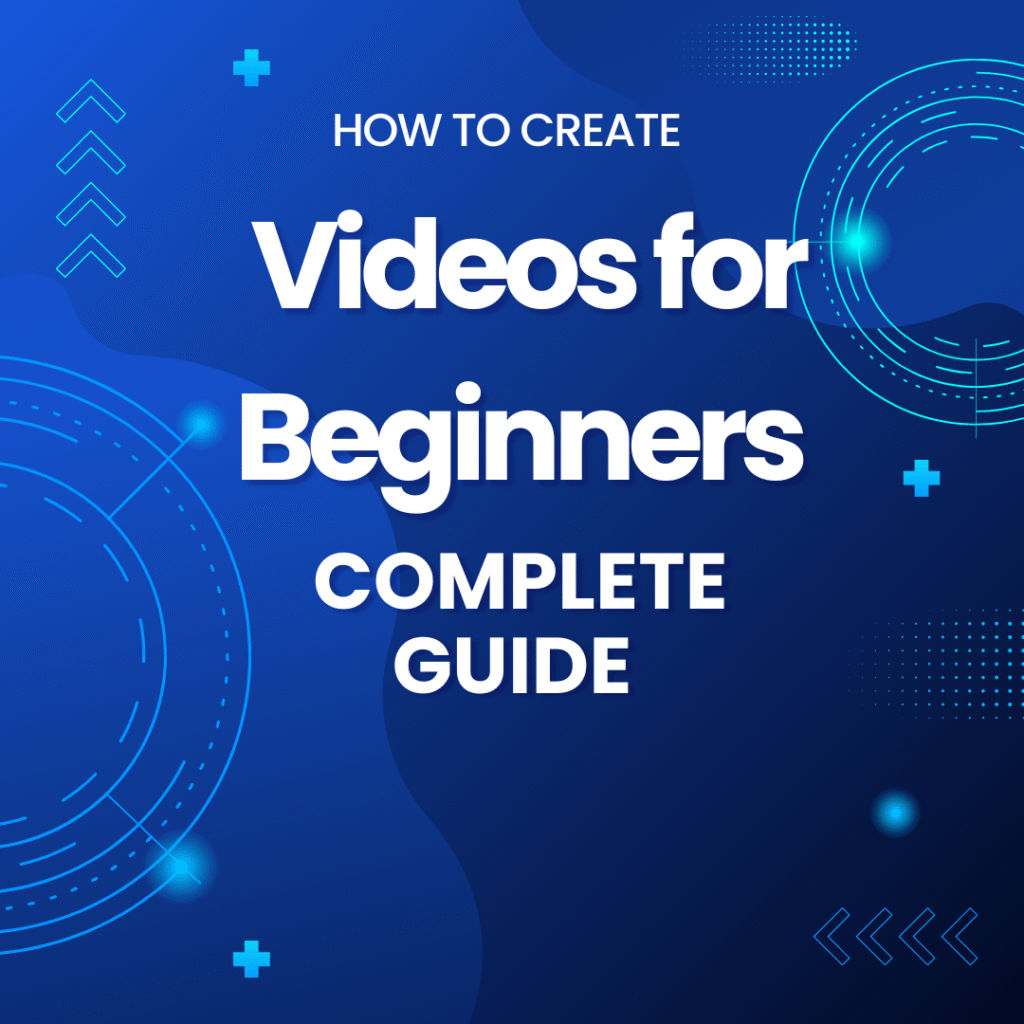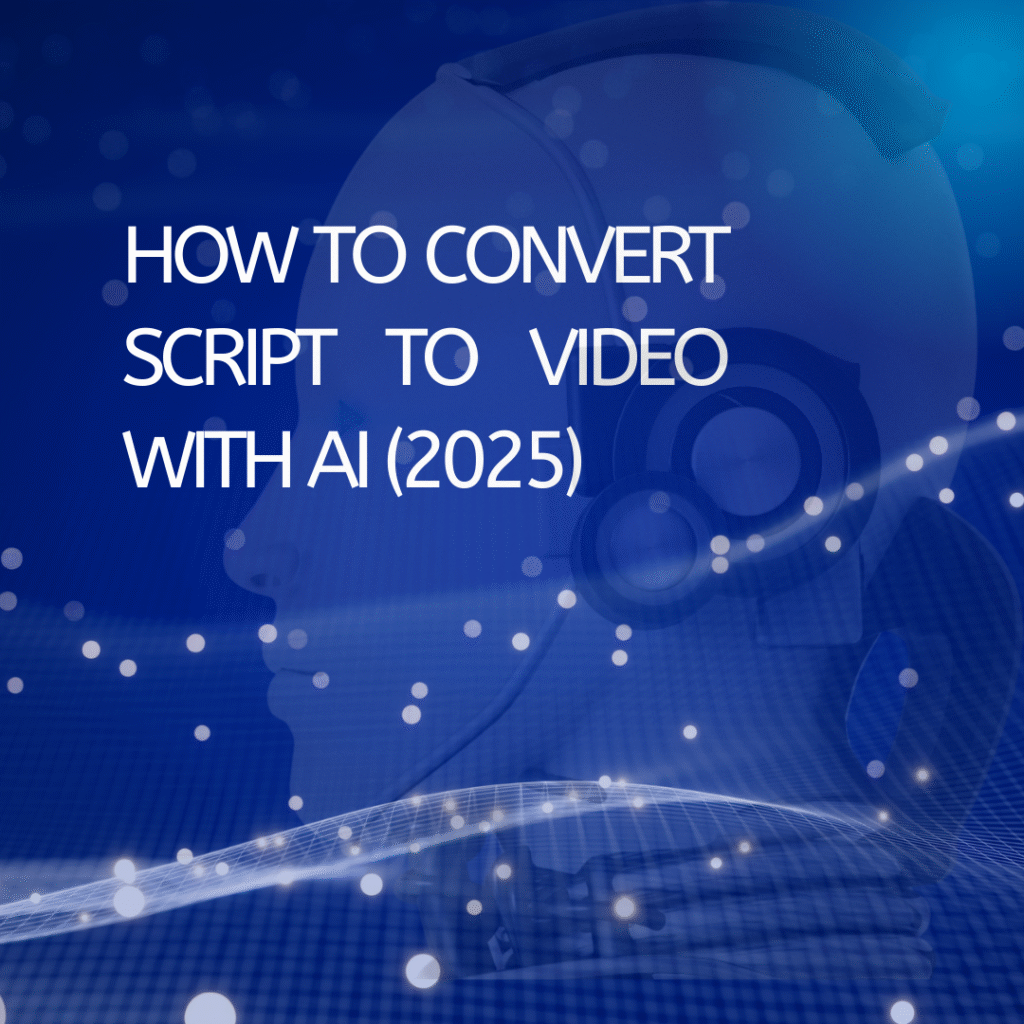I bet you’ve noticed this too: everywhere we go these days, it’s all about videos. TikTok, YouTube Shorts, Facebook Reels… scroll for just a minute and it’s endless clips. The funny part? Many of those videos aren’t made by a full crew of cameramen and editors anymore. Instead, AI does most of the heavy lifting.
A couple of years back, I spent an entire day trying to put together a short tutorial video, and the result was still… meh. Now? I just type a short script, hit a button → and AI spits out a finished, professional-looking video. Fast, cheap, and polished. If you want to see a detailed example, check out my VidScribe AI review for an in-depth look at how it works.
So, I started experimenting with lots of different tools. In this guide, I’ll share with you the entire AI video tool ecosystem in 2025 – broken into 12 main categories. For each category, I’ll tell you when to use it, which tools stand out, and the pros & cons I’ve personally noticed.
👉 And if you’re brand new to this space, you might also want to check out my guide on how to create videos for beginners — it’ll give you the basics before diving deep into AI-powered tools.
By the end, I hope you’ll know exactly which Best AI Video Tool 2025 fits your own workflow and goals.
The 12 Key Groups of AI Video Tools in 2025
1. AI Video Creation Tools – “Magic wand” for beginners
Think of this as you writing the script, and AI acts as the director + cameraman + editor all in one.
- Examples: Synthesia, Pictory, InVideo.
- Why I love it: Just type text, and a polished video pops out. Perfect for beginners.
- Downside: Sometimes feels a bit too “generic” or “AI-ish.”
👉 If you’re just starting out, this is the category I’d recommend testing first. Read AI Video Creation Tools: The Beginner-Friendly Guide for 2025
2. AI Video Editing Tools – Editing without the headache
Editing used to be the part I dreaded the most. Luckily, AI came to the rescue 😅.
- Examples: Runway (killer background removal), Descript (edit by text), Adobe Firefly Video.
- Pros: Saves tons of time, especially for quick cuts.
- Cons: If you’re a pro editor, you may feel AI still lacks finesse.
👉 Personally, I love using Descript for podcast-style videos – editing is so easy it feels addictive.
3. AI Video Enhancement Tools – When your footage sucks
One time I filmed a vlog on my old phone. The video came out blurry, noisy, and just bad. These tools saved it.
- Examples: Topaz Video AI, AVCLabs, Wondershare Repairit.
- Pros: Upscales to 4K, smooths slow-motion, fixes glitches.
- Cons: Rendering can be painful on weaker machines.
👉 I treat this category as the “ER room” for damaged or low-quality videos.
4. AI Background & Scene Tools – A taste of Hollywood magic
Instead of renting a studio, I can now just… prompt.
- Examples: Runway Gen-2, Kaiber, Luma AI.
- Pros: Generates full backgrounds or dreamy scenes in minutes.
- Cons: Not always realistic – sometimes a bit too surreal.
👉 Great if you’re into artsy or experimental content.
5. AI Voiceover & Avatar Tools – For camera-shy creators
Confession: I don’t like showing my face on camera 😅. These tools have saved me countless times.
- Examples: HeyGen, ElevenLabs, D-ID.
- Pros: Clone your voice, or let an AI avatar be the presenter.
- Cons: Some avatars still look a little robotic.
👉 Perfect for training videos or creators who prefer to stay off-screen.
6. AI Stock Footage & Asset Generators – Unlimited supply closet
Sometimes all I’m missing is a short clip for illustration. Before, I had to buy stock. Now AI just generates it.
- Examples: Shutterstock AI, Stable Video Diffusion.
- Pros: Copyright-safe, unique assets.
- Cons: Still not as diverse as real stock libraries.
👉 I see this category as “seasoning” to spice up your video.
7. AI Music & Audio Tools for Video – Auto soundtrack, mood included
Music is the soul of a video. Now AI can compose custom tracks to match the vibe.
- Examples: Aiva, Mubert, Soundraw.
- Pros: Copyright-free, unique tracks tailored to your video.
- Cons: Sometimes feels a bit “robotic.”
👉 I often use Soundraw for TikTok-style clips because it’s quick and on-point.
8. AI Real-time & Live Video Tools – Buff for streamers
If you stream, these tools feel like adding “power-ups” to your setup.
- Examples: NVIDIA Broadcast (amazing noise removal), Animaze (AI avatars), OBS AI plugins.
- Pros: Makes live streams look & sound pro-level.
- Cons: Needs strong PC + good internet.
👉 Even for work calls, these tools make you look way more polished.
9. AI Video Marketing & Analytics Tools – Not just creating, but measuring
After making videos, I always ask: are people actually watching? Are they effective? That’s when I need these.
Examples: VidIQ, TubeBuddy AI, OpusClip, and even tools built for small businesses like LocalBizAI.
Pros: Keyword tips, audience insights, auto video repurposing.
Cons: They’re suggestions, not magic – you still need strategy.
👉 If you’re on YouTube, VidIQ is almost mandatory. And if you’re running a local business, see full LocalBizAI review here: https://earntechhub.com/localbizai-review/
10. AI Subtitles & Captions Tools – Subtitles no longer a nightmare
Once, I typed subtitles manually for a 20-minute video. Never again 😭.
- Examples: Veed.io, Kapwing, Sonix.
- Pros: Auto speech recognition, 80–90% accuracy.
- Cons: Still needs minor touch-ups.
👉 Super handy if you want to reach global audiences.
11. AI Animation Tools (2D & Motion Graphics)
These tools are lifesavers when I need to explain something quickly and clearly.
- Examples: Animaker, Powtoon, Vyond.
- Pros: Easy drag-and-drop animations for 2D explainer videos.
- Cons: Not great for complex animations.
👉 Perfect for education and marketing explainers.
12. AI 3D Animation Tools – The Hollywood-level future
This is a category I only started exploring recently, and wow – it’s mind-blowing.
- Examples: DeepMotion, Move.ai, Plask AI.
- Pros: Create 3D characters, capture motion from real humans.
- Cons: Demands powerful hardware, and sometimes still needs manual tweaks.
👉 If you’re into indie films or game dev, this is the future.
So, what’s the Best AI Video Tool 2025?
Honestly: there isn’t just one tool for everyone.
- If you’re starting out → go with AI Video Creation Tools.
- If you’re a YouTuber → combine Editing + Music + Subtitles.
- If you do training/education → Voiceover & Avatar will save you time.
- If you’re more artsy → try Background & Scene + Animation.
For me personally: I use Pictory to turn blogs into videos, Descript for quick edits, and Soundraw for background music. That trio alone is enough to help me produce consistent weekly content.
Looking ahead
I think 2025 is just the beginning. By 2030, I imagine we’ll just say something like:
“Make me a 30-second TikTok ad for product X, fun vibe, colorful style.”
… and AI will handle everything, end-to-end.
Conclusion
So, if you ask me: What’s the Best AI Video Tool 2025?
👉 The answer: the one that fits your needs and workflow best.
Let AI handle the technical side, while you bring the creativity and ideas. That’s what will truly make your videos stand out.
Anna is a content creator and digital marketer with 3+ years of experience testing AI tools for video creation. I’ve personally used Pictory to repurpose blog posts into YouTube Shorts and LinkedIn clips — saving hours compared to manual editing.





